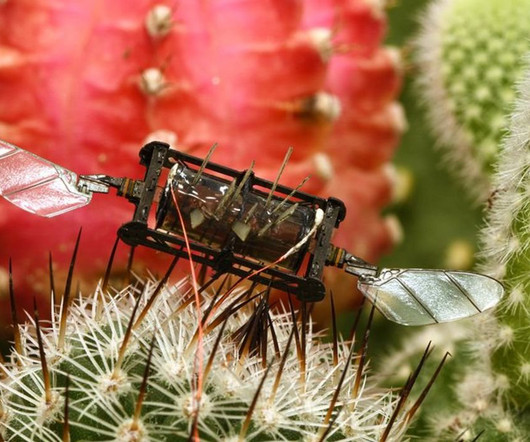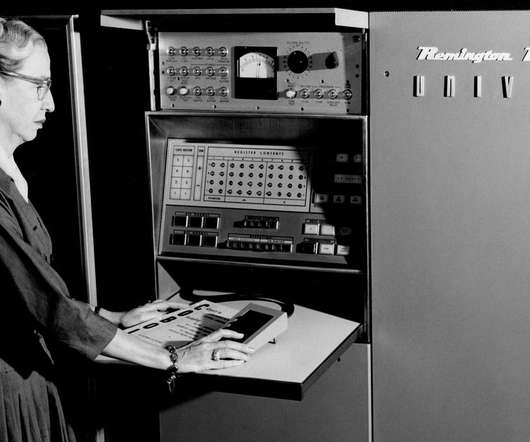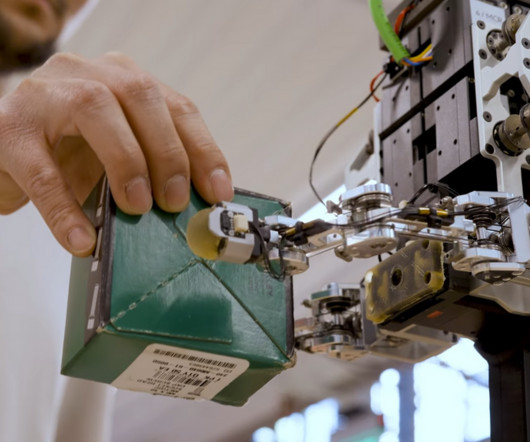Video Friday: Resilient Bugbots
Cars That Think
MARCH 17, 2023
Inspired by the hardiness of bumblebees, MIT researchers have developed repair techniques that enable a bug-sized aerial robot to sustain severe damage to the actuators, or artificial muscles, that power its wings—but to still fly effectively. [ MIT ] This robot gripper is called DragonClaw, and do you really need to know anything else?











Let's personalize your content